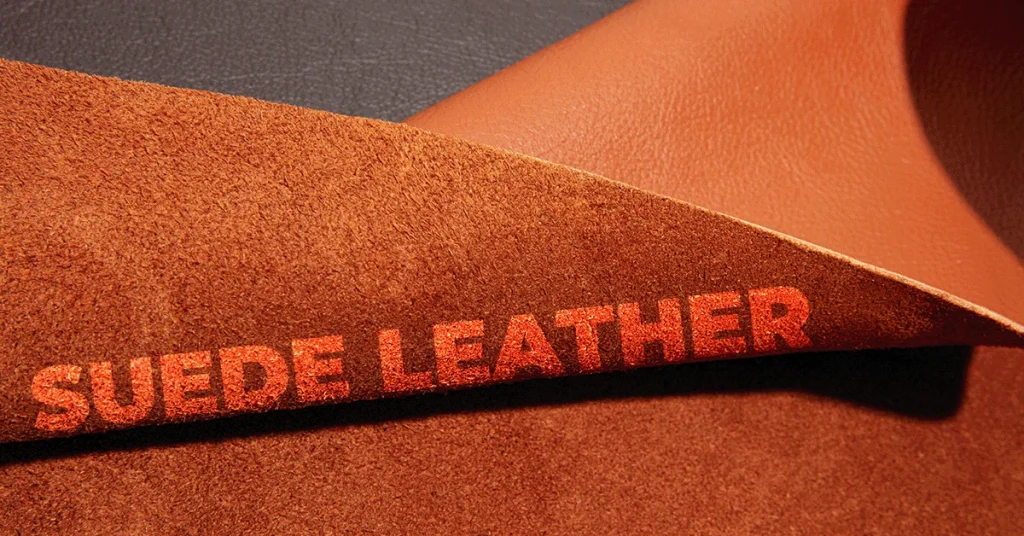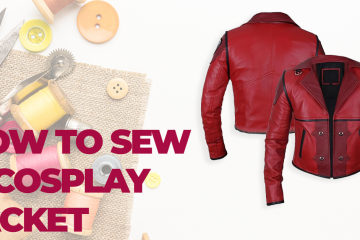Leather jackets come in various types, each offering unique characteristics, advantages, and disadvantages. Understanding these differences can help you choose the best leather jacket that suits your style, needs, and budget. Here, we explore the most common types of leather used in jackets, detailing their pros and cons.
Full-Grain Leather
Overview
Full-grain leather is the highest quality leather available. It is made from the top layer of the hide, retaining all of its natural grain. This type of leather is the least processed, preserving the original texture and markings.
Pros
- Durability: Full-grain leather is incredibly durable and long-lasting. It resists wear and tear better than other types of leather.
- Aesthetic Appeal: It develops a beautiful patina over time, giving the jacket a unique and attractive appearance.
- Breathability: The natural grain allows the leather to breathe, making it comfortable to wear in various climates.
Cons
- Cost: Full-grain leather is the most expensive type of leather due to its high quality.
- Stiffness: It can be quite stiff initially and may require a break-in period.
- Maintenance: Requires regular conditioning to maintain its appearance and prevent drying out.
Top-Grain Leather
Overview
Top-grain leather is the second-highest quality leather. It is also made from the top layer of the hide but undergoes sanding and buffing to remove imperfections. This process gives it a more uniform look compared to full-grain leather.
Pros
- Smooth Appearance: The sanding process gives top-grain leather a smooth, uniform appearance.
- Softness: Generally softer and more flexible than full-grain leather, making it comfortable to wear from the start.
- Cost: Less expensive than full-grain leather while still offering high quality.
Cons
- Durability: While still durable, it is not as resilient as full-grain leather and may not develop as rich a patina.
- Less Breathable: The sanding process can reduce the leather’s breathability.
- Maintenance: Needs regular care to keep it in good condition, similar to full-grain leather.
Genuine Leather
Overview
Genuine leather is made from the lower layers of the hide, often composed of leftover scraps bonded together. It is more affordable but less durable than top-grain and full-grain leather.
Pros
- Affordability: More budget-friendly compared to higher-quality leathers.
- Availability: Widely available in various styles and colors.
Cons
- Durability: Less durable and prone to wear and tear over time.
- Appearance: Does not develop a patina and can look less natural.
- Quality: Generally lower quality and may not last as long.
Suede Leather

Overview
Suede is made from the underside of the hide, giving it a soft, velvety texture. It is less durable than other types of leather and is more susceptible to stains and water damage.
Pros
- Soft Texture: Offers a unique, soft texture that is comfortable to wear.
- Aesthetic Appeal: Provides a different look and feel compared to smooth leather, often used for a more casual style.
Cons
- Durability: Less durable and more prone to damage from water and stains.
- Maintenance: Requires special care and cleaning to maintain its appearance.
- Stains Easily: Susceptible to stains and can be difficult to clean.
Nubuck
Overview
Nubuck is similar to suede but is made from the outer side of the hide, which is sanded to give it a soft, velvety surface. It is more durable than suede but still requires careful maintenance.
Pros
- Soft and Durable: Combines the softness of suede with greater durability.
- Aesthetic Appeal: Offers a luxurious look with a unique texture.
Cons
- Maintenance: Requires special care to keep it looking good and to protect it from stains and water damage.
- Cost: Can be more expensive than suede due to its enhanced durability.
Bonded Leather
Overview
Bonded leather is made from leftover leather scraps that are ground up and bonded together with polyurethane or latex on a fiber mesh. It is the lowest quality leather available.
Pros
- Affordability: Extremely budget-friendly.
- Variety: Available in various styles and colors.
Cons
- Durability: Least durable and prone to cracking and peeling over time.
- Appearance: Can look artificial and does not develop a patina.
- Quality: Very low quality and not recommended for long-term use.
Conclusion
Choosing the right leather jacket depends on your personal preferences, budget, and how you intend to use it. Full-grain and top-grain leathers offer superior quality and longevity, making them worthwhile investments. Genuine leather provides a more affordable option, while suede and nubuck offer unique textures and aesthetics. Bonded leather, although budget-friendly, lacks durability and is not recommended for long-term use. Understanding the pros and cons of each type will help you make an informed decision and ensure you enjoy your leather jacket for years to come.






